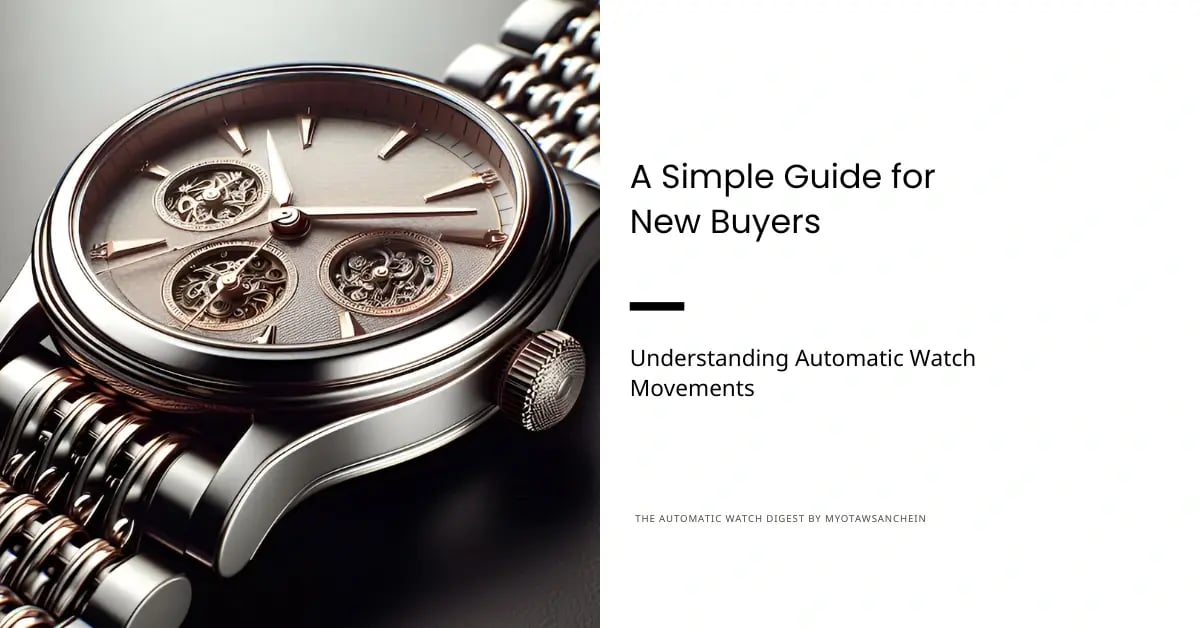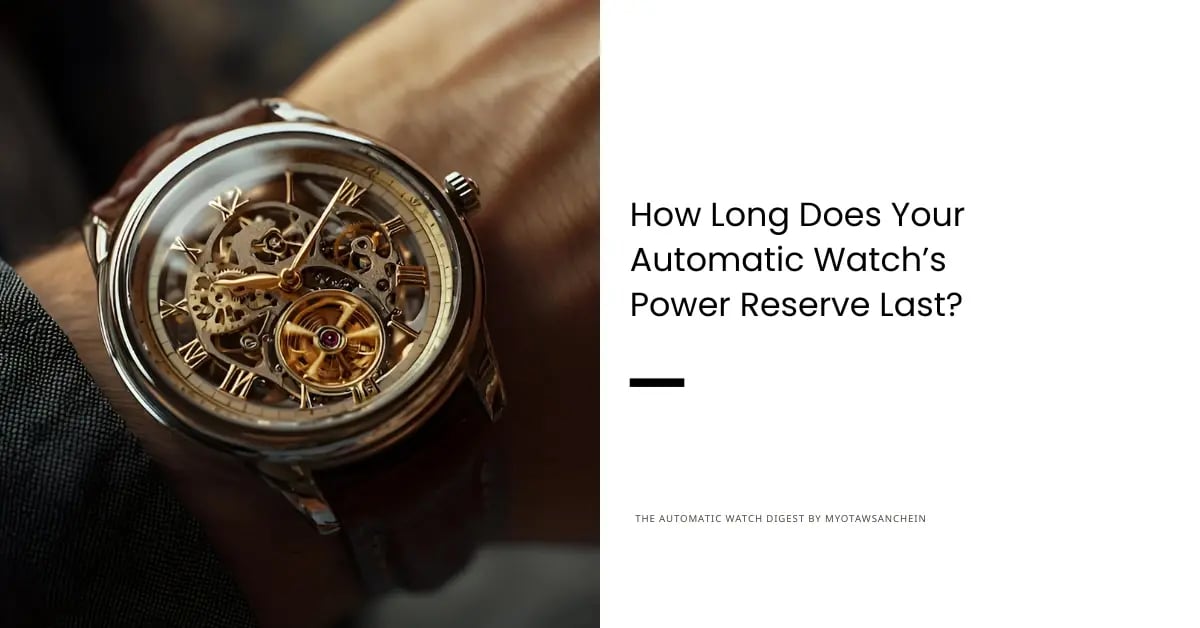
How Long Does Your Automatic Watch's Power Reserve Last?

Automatic watches are celebrated for their craftsmanship, mechanical beauty, and the satisfying feeling of wearing a piece of engineering history on your wrist. But one of the most practical questions every owner asks is: How long will my automatic watch last when I’m not wearing it? The answer lies in understanding the concept of "power reserve". In this comprehensive guide, we’ll explore what power reserve means, how it works, what affects it, and how you can maximize the running time of your automatic watch.
What Is Power Reserve in an Automatic Watch?
Power reserve is the amount of time an automatic watch will continue to run after it’s been fully wound and then left untouched. Think of it as the watch’s “fuel tank”-once the stored energy is depleted, the watch stops until it’s wound again. This is a critical specification for anyone who rotates between multiple watches or doesn’t wear their watch every day.
How Does Power Reserve Work?
Inside every automatic watch is a "mainspring", a tightly coiled strip of metal housed in a barrel. When you wear your watch, a weighted rotor spins with your wrist’s movements, winding the mainspring and storing energy. As the mainspring unwinds, it gradually releases this energy, powering the movement and keeping your watch ticking.
If you take your watch off, the mainspring will continue to unwind and supply energy until it’s depleted. The length of time this takes is the power reserve.
Typical Power Reserve Durations
Standard Power Reserve: Most automatic watches offer between 36 to 48 hours of power reserve. This means you can take your watch off on Friday night and, in most cases, it will still be running by Sunday morning.
- Extended Power Reserve: Higher-end or modern movements often provide up to 70–80 hours of power reserve, and some rare models can last several days or even weeks.
- Ultra-Long Power Reserve: Some specialized watches with multiple barrels can run for over 8 days (192 hours) or, in extraordinary cases, up to 30 days or more.
Rule of Thumb: If your watch has a power reserve of more than 62 hours, you can leave it unworn all weekend and it will still be running when you pick it up on Monday.
What Affects Power Reserve?
Several factors can influence how long your automatic watch will last on a full wind:
- Movement Design: The efficiency of the movement, the length and material of the mainspring, and the presence of additional barrels all impact power reserve.
- Complications: Watches with features like chronographs, calendars, or moon phases may consume more energy, reducing the overall running time.
- Condition and Maintenance: Over time, lubricants degrade and parts wear down, which can decrease the power reserve. Regular servicing helps maintain optimal performance.
- Wearing Habits: Automatic watches rely on wrist movement. If you’re sedentary or don’t wear your watch for long periods, it may not wind fully, resulting in a shorter power reserve.
Power Reserve Indicators: Your Watch’s Fuel Gauge
Some automatic watches feature a "power reserve indicator" on the dial complication that shows how much energy is left in the mainspring. This can be a dial, an arc, or a window, and is especially useful for collectors or those who rotate between watches. It allows you to see at a glance when your watch needs to be wound or worn again.
How to Maximize Your Automatic Watch’s Power Reserve
Wear Regularly: The simplest way to keep your watch wound is to wear it daily. About 8 hours of active wear usually keeps most watches fully wound.
- Manual Winding: If you haven’t worn your watch for a few days, wind it manually (typically 20–40 turns of the crown) to fully charge the mainspring.
- Use a Watch Winder: For collectors or those with multiple watches, a watch winder can keep your timepiece running when not in use. However, frequent use of a window may increase wear on the movement, so use it thoughtfully.
- Regular Servicing: Have your watch serviced every 3–5 years to ensure the movement is clean, lubricated, and operating efficiently.
- Avoid Overwinding: Most modern automatics have mechanisms to prevent overwinding, but always stop if you feel resistance when winding manually.
Practical Scenarios: How Long Will Your Watch Last?
- Daily Wear: You’ll rarely have to worry about the power reserve; your wrist does the work.
- Weekend Off: With a 40+ hour power reserve, your watch will likely still be running Monday morning if you take it off Friday night.
- Longer Breaks: If you leave your watch unworn for several days, expect it to stop once the power reserve is exhausted. Simply wind it or wear it again to restart.
Conclusion
Understanding the power reserve of your automatic watch is key to enjoying its convenience and reliability. Most automatic watches last between 36 and 48 hours on a full wind, though modern advancements have pushed this to 70 hours or more in some models. Factors like movement design, complications, and maintenance all play a role in how long your watch will run when not worn. By wearing your watch regularly, winding it as needed, and keeping it serviced, you can ensure your timepiece is always ready when you are.
With a little knowledge and care, your automatic watch will keep ticking-whether it’s on your wrist or waiting patiently for your return.


